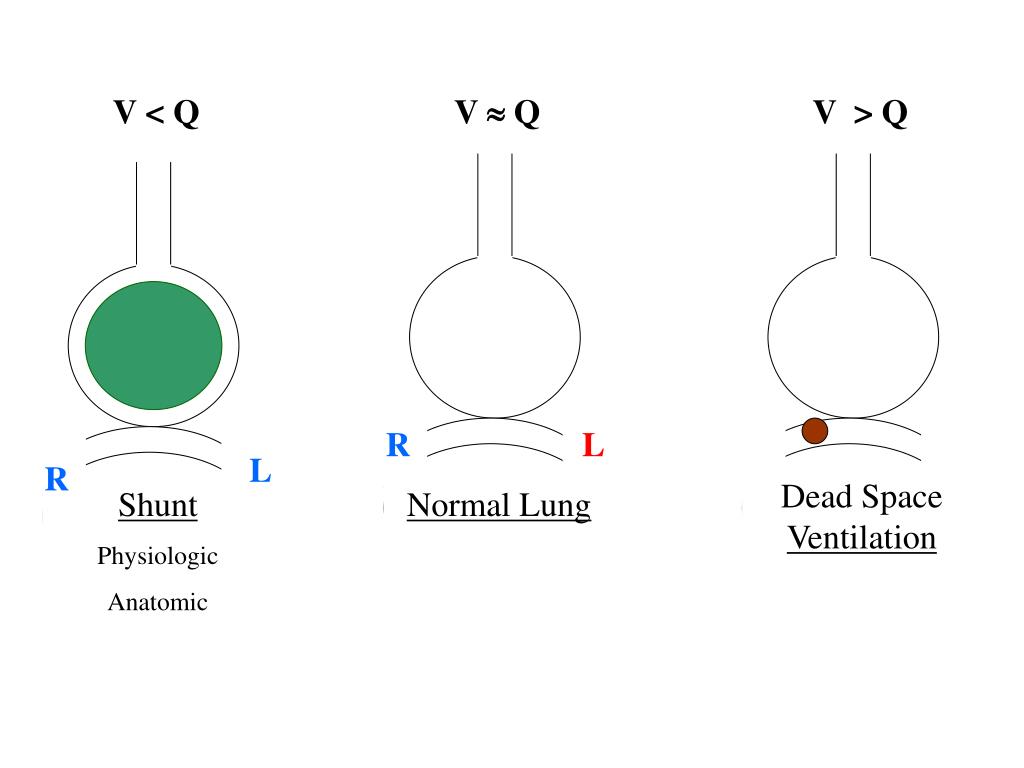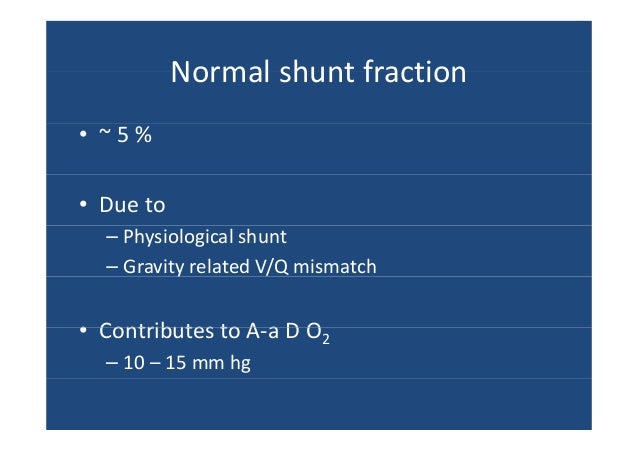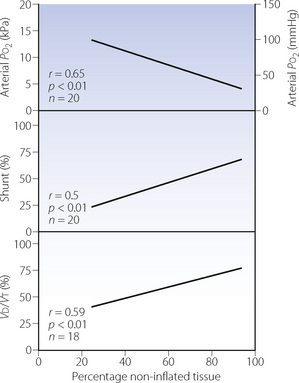

Our studies show that increased pulmonary shunt causes an apparent increase in Vd(phys), and that abnormal / distributions affect the calculated Vd(phys) and Vd(alv), but not Fowler dead-space.

When alveolar Pco(2) is increased by any mechanism, Pa(co(2)) calculated by Koulouris' method does not agree well with average alveolar Pco(2). Bohr-Enghoff but not Koulouris or Fowler dead-space increases with increasing severity of / maldistribution.

Shunt increases the calculated Bohr-Enghoff dead-space, but does not affect Fowler, Bohr or Koulouris dead-spaces, or Vd(phys) estimated by the shunt-corrected equation if pulmonary artery catheterization is available. When Vd(alv) is increased, Vd(phys) can be recovered by the Bohr and Bohr-Enghoff equations, but not by the Koulouris method. Pa(co(2)) was calculated by the method of Koulouris. Respiratory data generated by the model were analysed to calculate dead-spaces by the Fowler, Bohr, Bohr-Enghoff and Koulouris methods. Pulmonary shunt, / distribution and Vd(alv) were varied in a tidally breathing cardiorespiratory model. This study evaluates the effects of increased alveolar dead-space (Vd(alv)), pulmonary shunt, and abnormal ventilation perfusion ratio (/) distributions on dead-space and alveolar partial pressure of carbon dioxide (Pa(co(2))) calculated by various methods, assesses a recently published non-invasive method (Koulouris method) for the measurement of Bohr dead-space, and evaluates an equation for calculating physiological dead-space (Vd(phys)) in the presence of pulmonary shunt. Respiratory dead-space is often increased in lung disease.


 0 kommentar(er)
0 kommentar(er)
